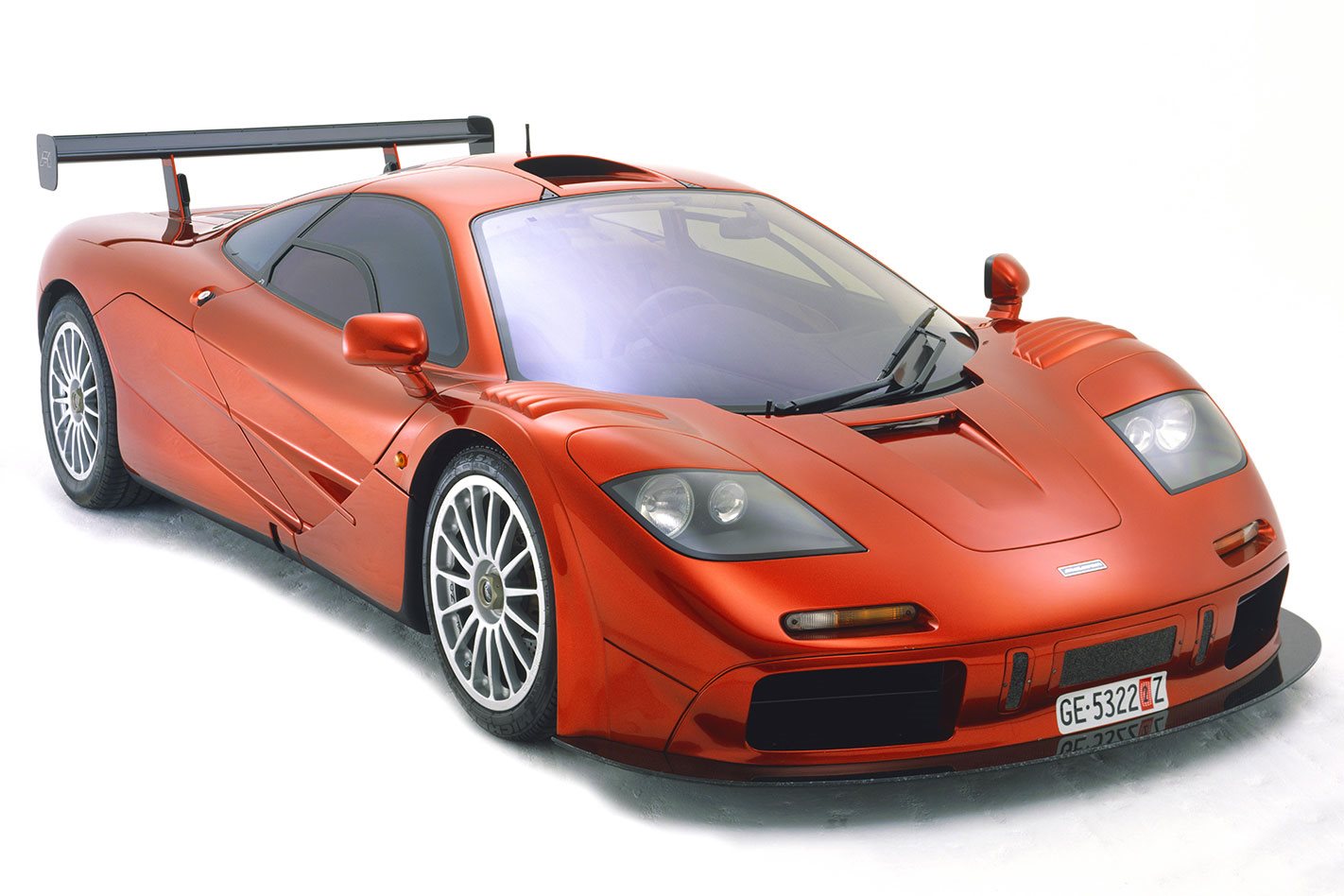Even after the 1980s proved to us that greed was not, in fact, all that good for us, the game was still going on in the 1990s. And, basically, if you didn’t have a supercar in the ’90s, you just weren’t in the game.
This feature was first published in MOTOR’s February 2011 issue.
Ferrari had its outrageous turbocharged V8 F40, Lamborghini was still fiddling with its Diablo and Porsche was doing all sorts of wild and crazy things with 911 derivatives, such as the 959. Jaguar had its aluminium honeycomb, venturi-bottomed XJ220 to lose money on, too.
And, long before the mammoth Veyron, even the Bugatti brand was dragged out of retirement to front the entirely forgettable EB110, which was to supercar success what Tonya Harding was to sportsmanship.
Above and beyond all of those was just one car; the legendary McLaren F1.
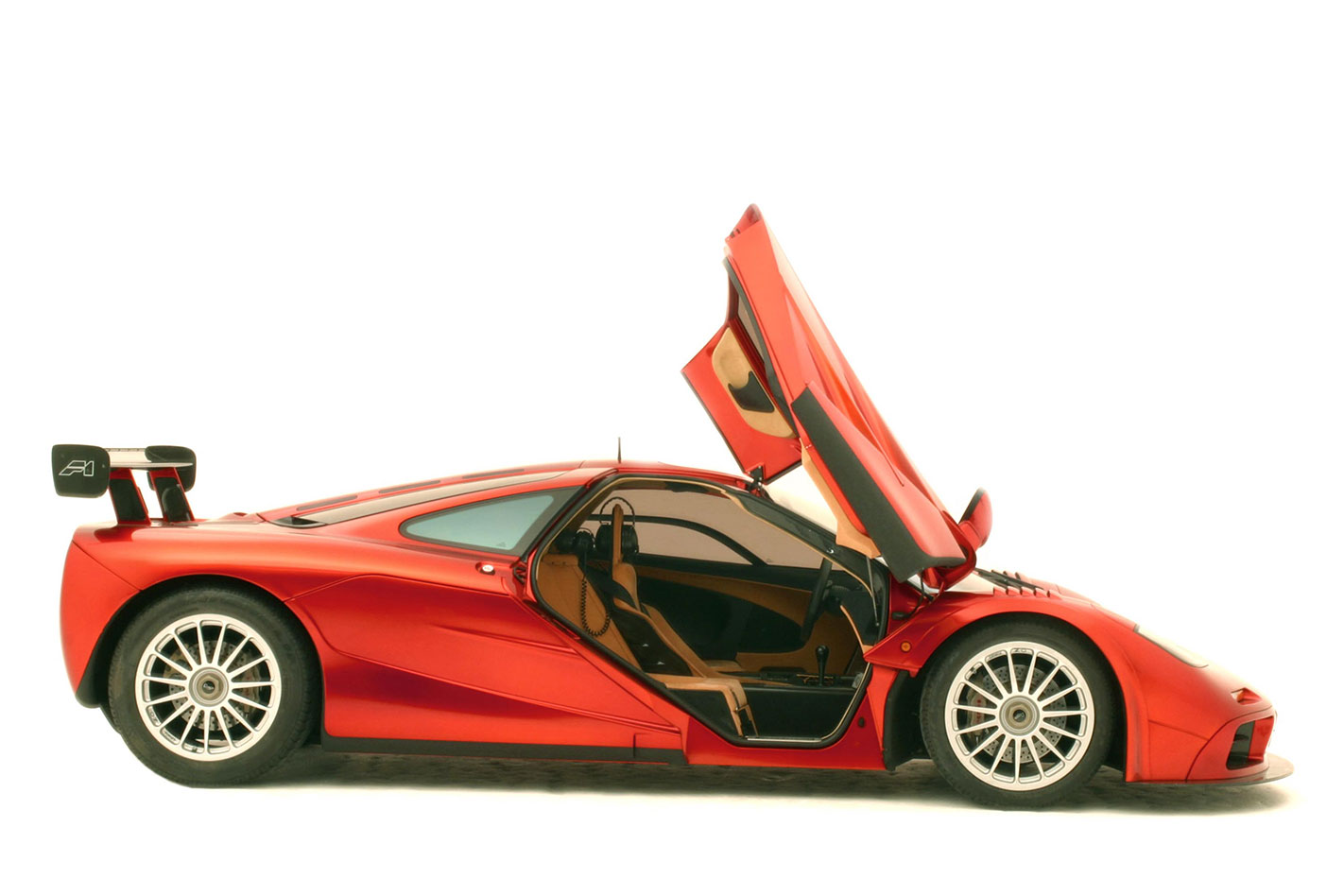
For years, nothing could touch the McLaren for what it could do and the way it did it. The F1 won Le Mans and creamed the best of the rest on street. And it did so for years and years, long after its contemporaries had passed their use-by date.
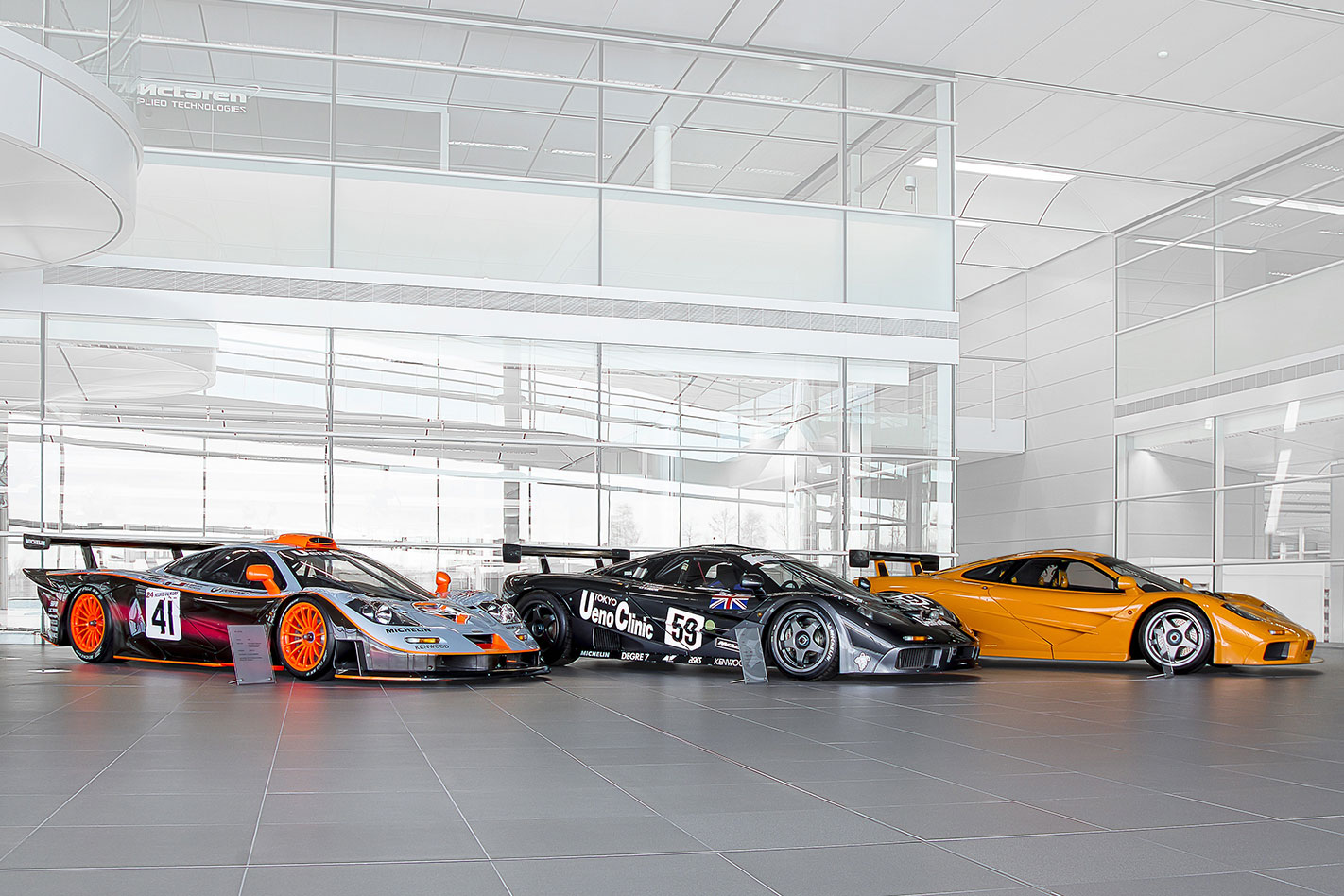
Ironically, part of the McLaren’s appeal was the fact that, in some areas, it wasn’t as outrageous as the competition.
Murray, for instance, always insisted that the car be non-turbocharged in the interests of driver control and overall reliability. And to that end, he also specified an engine that had been tried and proven before it was ever slotted between the rails of the sleekly-styled McLaren.

And that’s more or less how the F1 came to have a BMW V12 in its engine bay. Even then, it wasn’t as simple as that. At 6.1 litres, the F1 engine was bigger than the unit BMW used in its own cars and made 461kW at 7400rpm. And that was good enough for 0-100 in about 3.5secs and a top-end whack of 387km/h with the rev-limiter removed.
The rest of the development is fascinating, too.
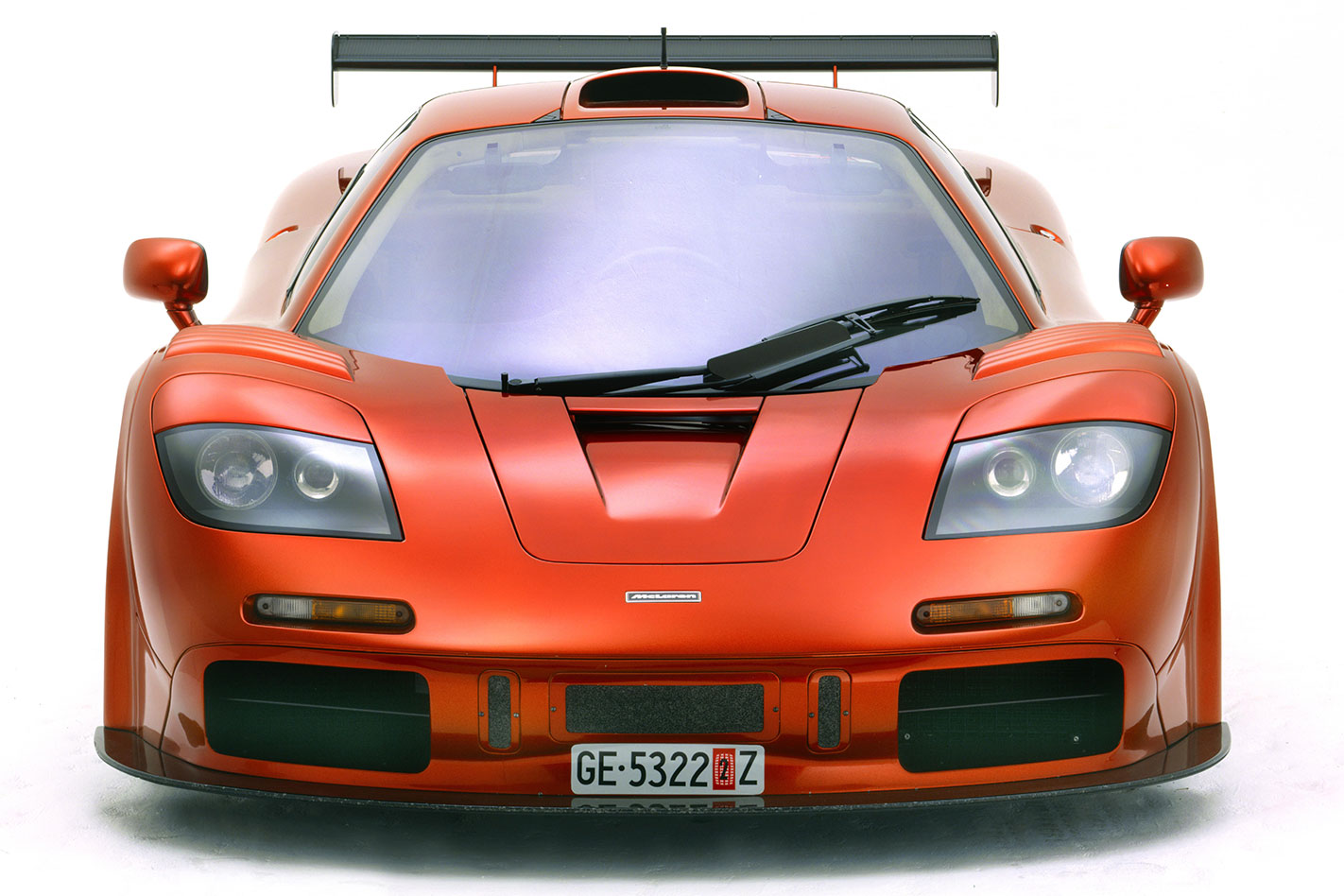
And the F1’s safety credentials were first tested in 1993 when a test driver wearing shorts and a t-shirt rolled a prototype and walked away.
Later that year, the first production cars were ready and the world went absolutely bonkers for the thing. Mind you, it’s easy to see why.
Aside from that monster engine, the driveline consisted of a six-speed transaxle with a triple-plate carbon clutch.
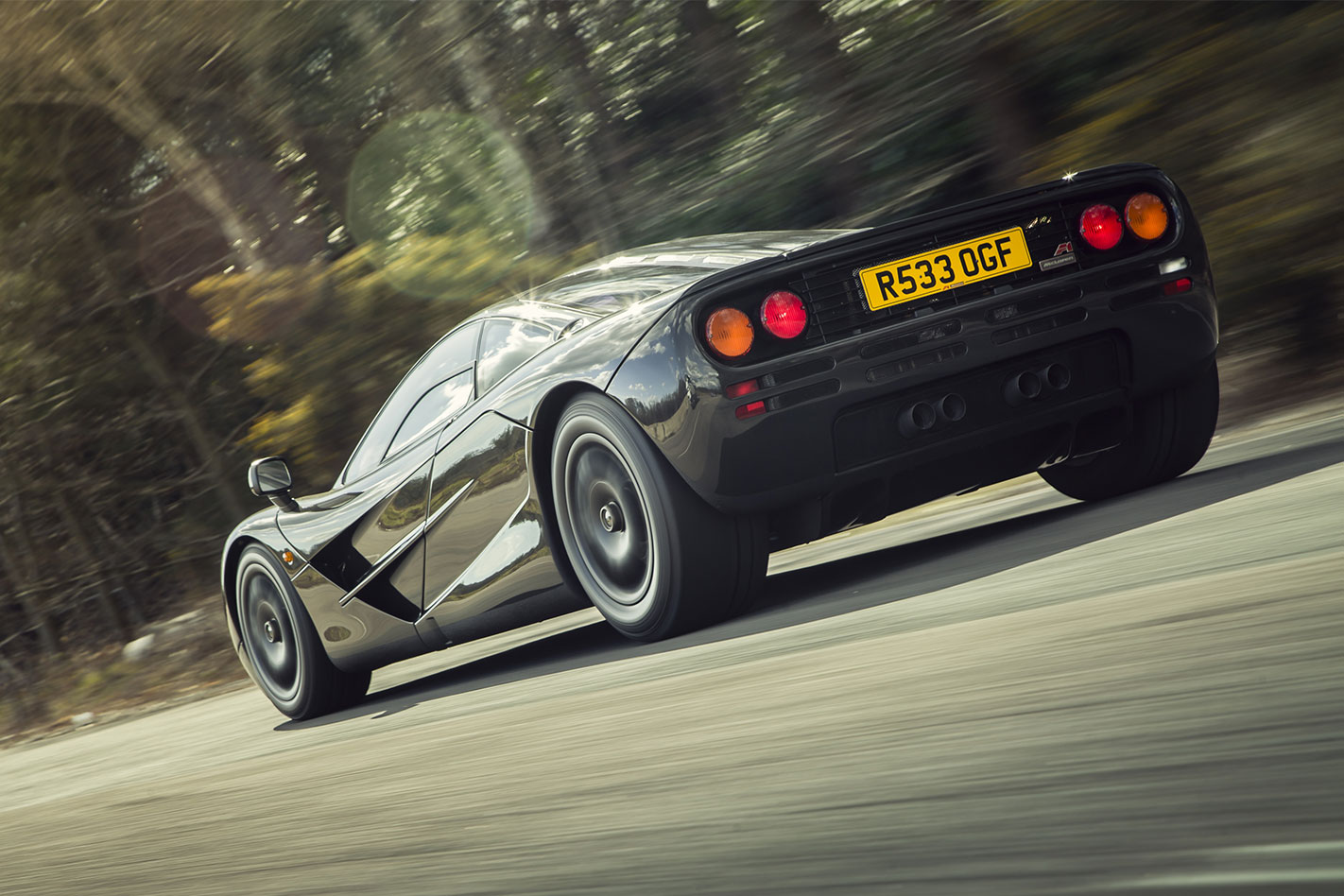
Naturally, there are double wishbones front and rear but the mass-centre of the car was designed to be equidistant from the front and rear roll-centres. And that, in a nutshell, means that the F1 doesn’t need anti-roll bars.
Then, of course, the F1 was the first production car to use a carbon-composite monocoque bodyshell.
Crazy little fact-ettes are everywhere, too; stuff like the central driving position, with a passenger’s chair mounted aft of and to each side of the driver’s pew. It meant that getting in and out was a bit trickier, but there’s nothing like sitting smack dab in the centre of the car for a feeling of control.
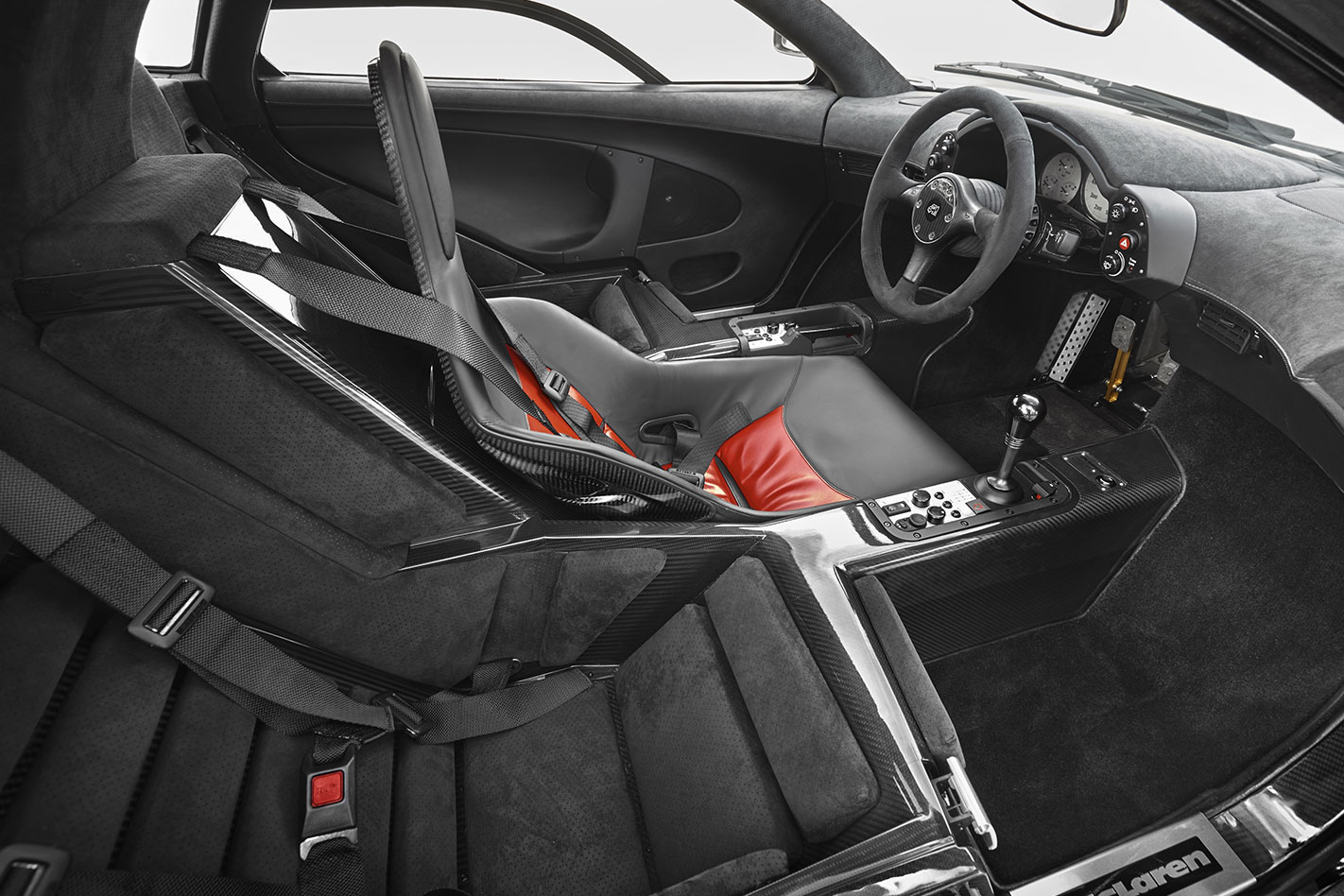
Keeping engine heat away from those composite panels required a super reflector. So Murray specified gold foil, naturally. Apparently there’s 25g of gold in each McLaren F1 road car.
It just goes on and on.
As a road car, the McLaren really shone, no question about that. But it also proved itself a very capable production-class racer as well.
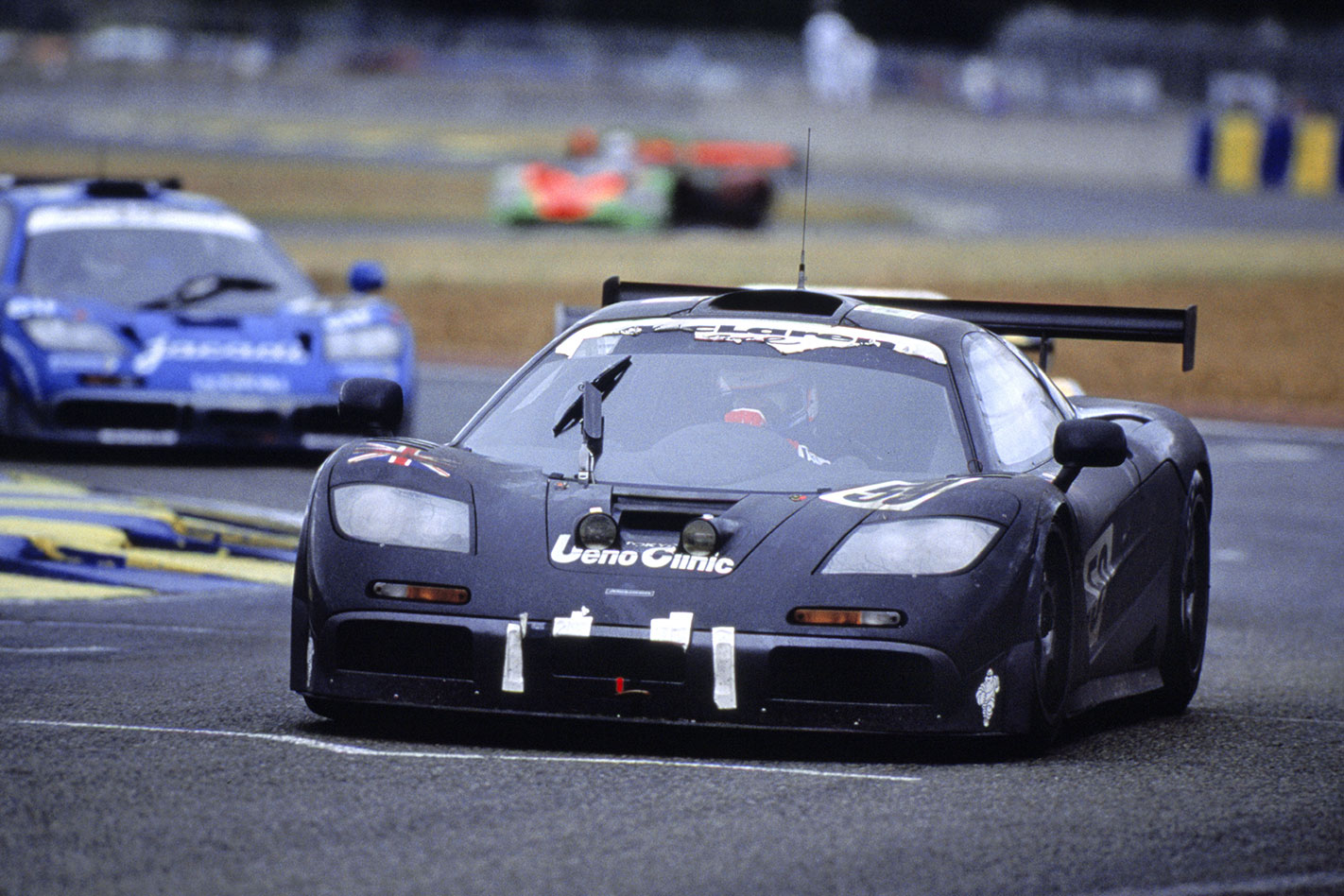
But other cars also have racing pedigree, so why all the mystique surrounding the F1?
Well, the car’s actual abilities speak for themselves and there’s no doubting its credentials as a true supercar.
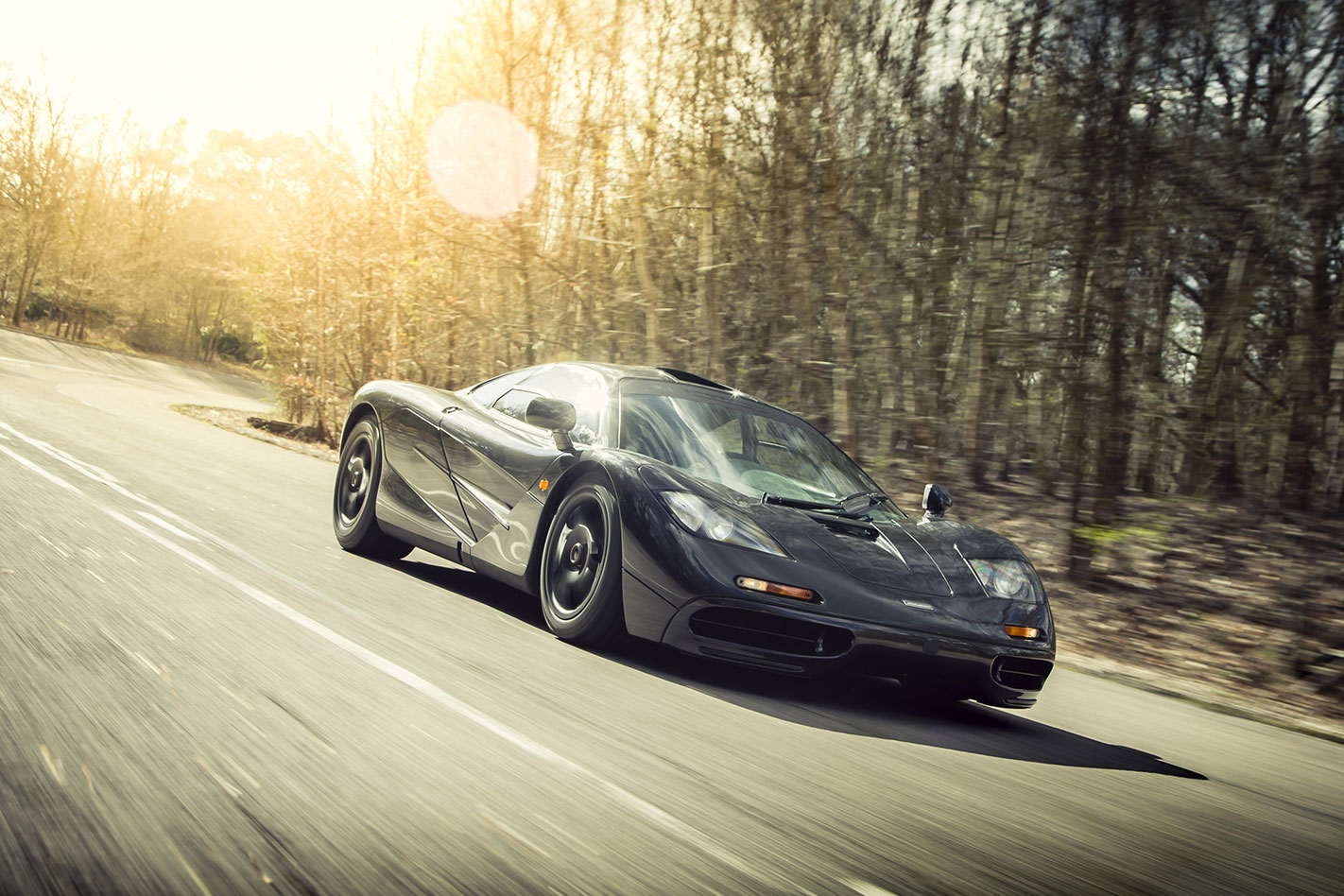
Another part of the magic is that the McLaren looked, and still looks, absolutely stunning. Even though it uses some classic supercar styling cues, like the overall wedge shape, it’s a much better looking car than either a Ferrari Enzo or the imposingly styled Bugatti Veyron. And while Lambo Murcielagos and Ferrari F430s are like excuses in a call-centre (everybody’s got one), the McLaren is still a pretty rare bird.
Yet there’s another thing the legendary F1 possesses. Perhaps most of all, the McLaren is seen as the work of a single, dedicated bloke. Gordon Murray knew what he wanted and knew how to get it. But more than that, he actually went out and bloody well did it. And that gives the F1 a distinct set of human qualities that other production supercars just seem to have missed out on.
Where do I Get One?
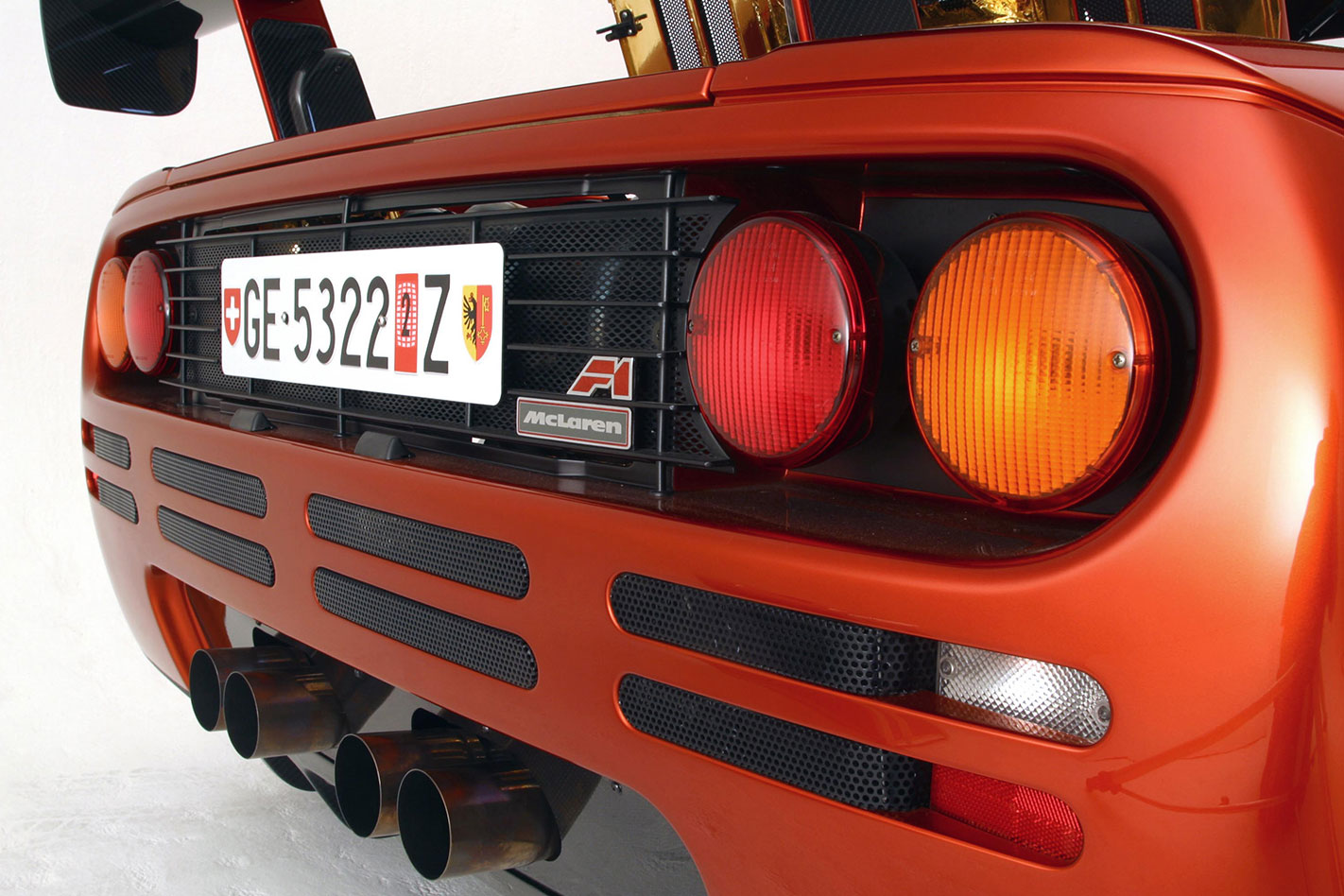
THE GOOD
1 – ABILITY The F1’s performance is everything you’ve ever imagined and then some. Apparently, they handle and stop, too.
2 – RARITY Exclusivity on four wheels doesn’t come much more gilt-edged than when you’re in a McLaren F1.
3 – MONEY MAKER As auto investments go, the F1 has got classic written all over it. There’ll always be a market for these things.
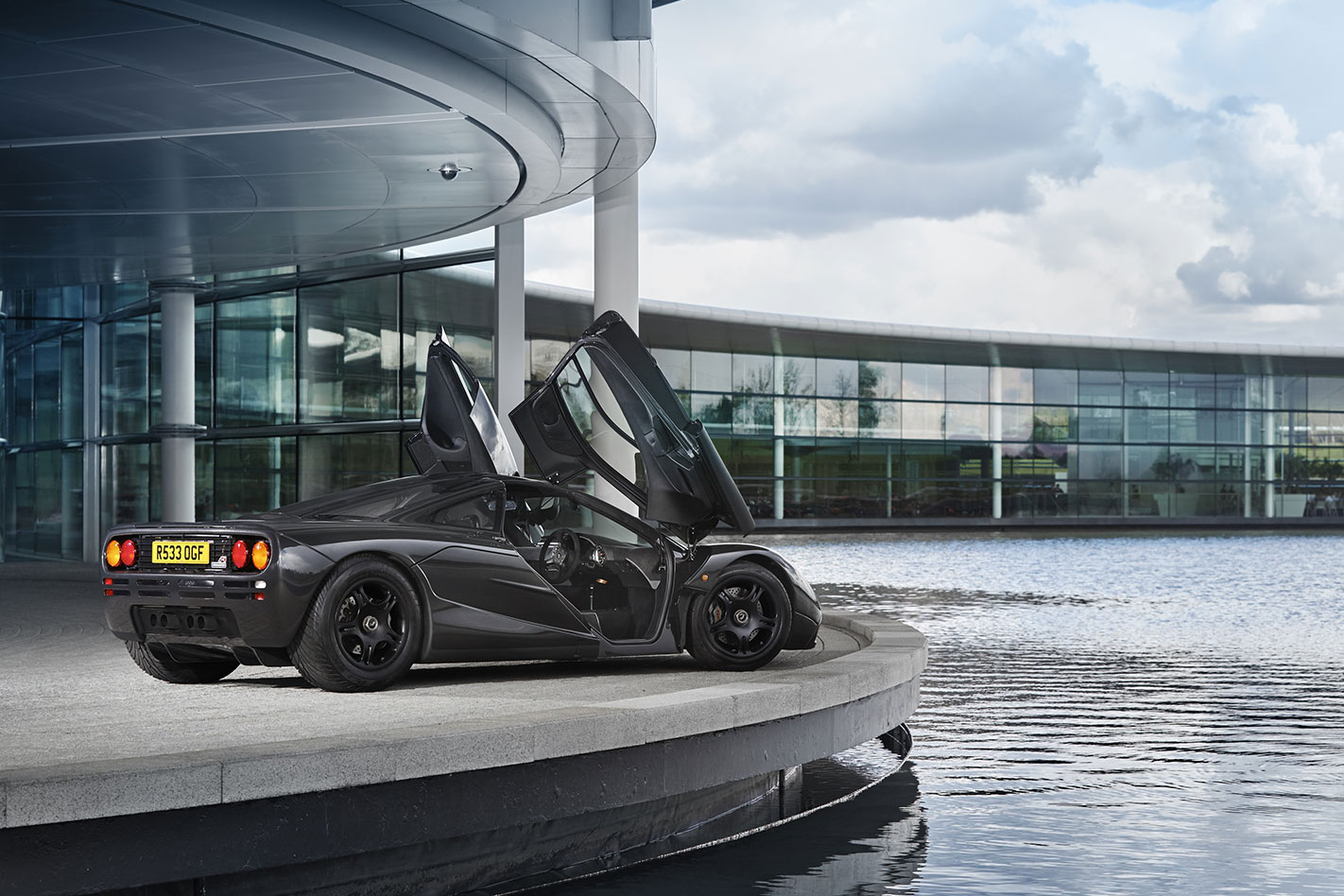
1 – SELF SERVICE Servicing doesn’t happen at K-Mart Tyre and Auto. Ditto for parts should, God forbid, you ever bend it.
2 – INSURE THIS! Getting insurance will probably be a cinch if you are over 70 and can get both parents to sign the forms for you.
3 – HANDS OFF! Valet parking? Don’t think so. Try trusting anyone or parking this baby anywhere − ever.

